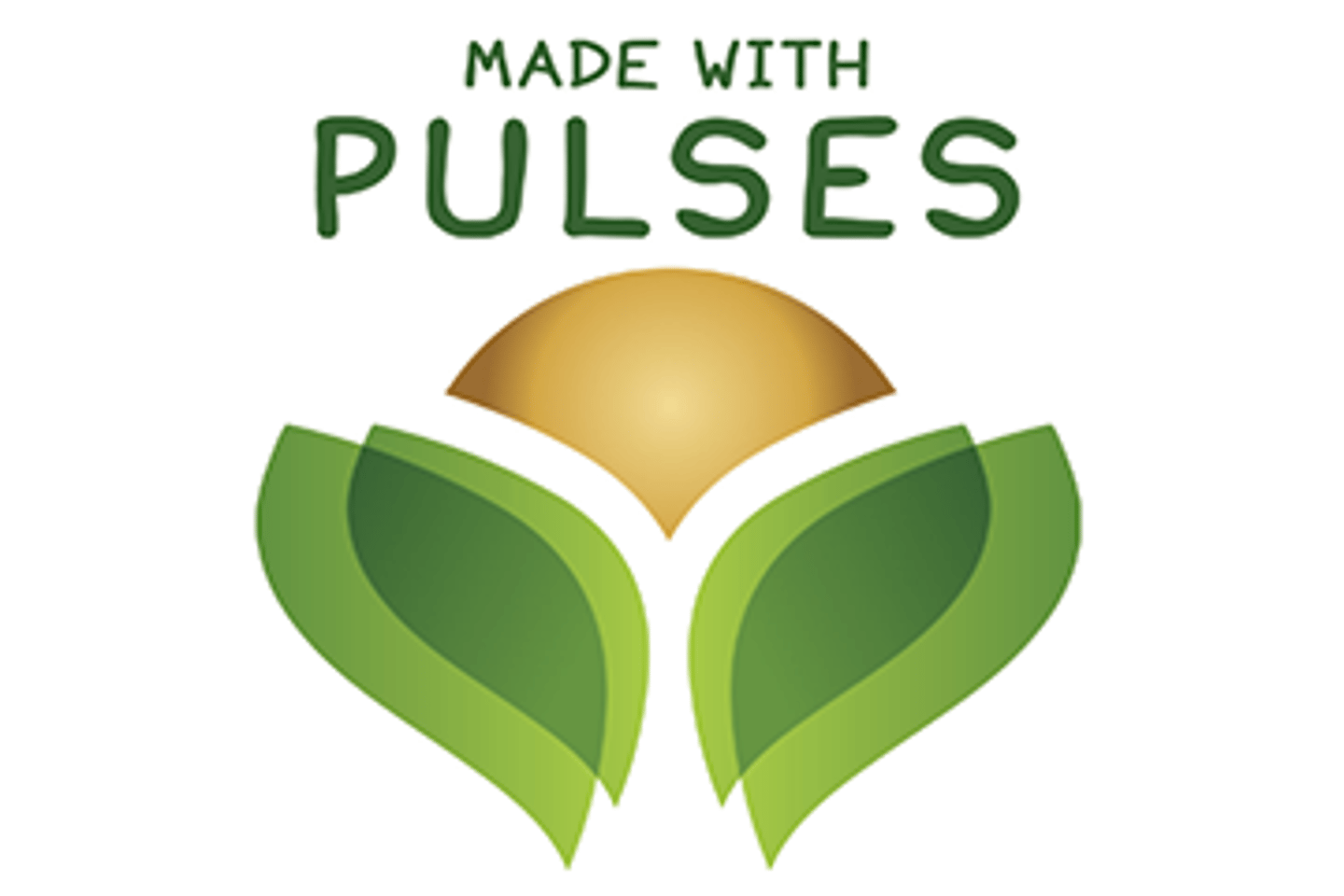New seal helps Canadians find products made with pulses
The pulse industry has introduced the Pulse Brand and “Made with Pulses” seal—a symbol that can be used on promotional materials and packaging for products that contain beans, peas, chickpeas and lentils.
“We’re trying to create awareness and define and create a food category around pulses,” says Daria Lukie, Winnipeg-based pulse brand manager at the Global Pulse Confederation. “It’s not a commonly used term in North America so we’re trying to create a category for it.”
The launch of the green and gold "Made with Pulses” seal was done in conjunction with the United Nations designating 2016 as the International Year of Pulses and is intended to help consumers easily identify food products that contain popular pulse ingredients.
“We have seen a major need for it and that’s one of the reasons why it was such a priority in our industry because there’s no quantifiable recommendation for pulses,” Lukie says. The aim is to help “support consumers to recognize pulses for their beneficial attributes.”
Packages featuring the Pulse Brand and "Made with Pulses" seal should hit North American store shelves by the end of the year.
In Canada, Regina-based AGT Foods is an early adopter, with the maker of the Clic brand changing its dried and canned pulses to incorporate the seal, Lukie says.
She notes the Pulse Confederation conducted an analysis of consumption data with dietary food guides from around the world and found no consistency for how pulses are being recommended or how they’re being categorized.
Packaged products that contain pulses in the top five ingredients by weight and a minimum of 5% of the final formulation can apply to use the Made with Pulses seal.
READ: The pulses of a nation
The hope is that the Made with Pulses seal will help increase the sale of pulses, and fill the gap between consumer demand for the product and the support they need to be able to identify pulses, Lukie says.
An awareness survey in which Canadian consumers were asked if they could associate beans, peas, chickpeas and lentils with the word pulse, found the correct response rate increased from 17% in February to 35% in June.
Lukie says a “modest” consumer campaign has been launched in North America to promote pulses. The campaign is mostly online and uses digital advertising, social media and an ambassador program that includes registered dieticians, nutritionists, health professionals, bloggers and foodies.
The Global Pulse Confederation is a Dubai-based not-for-profit organization representing the global pulse industry that includes 18 national associations and more than 600 private sector members in more than 55 countries.

